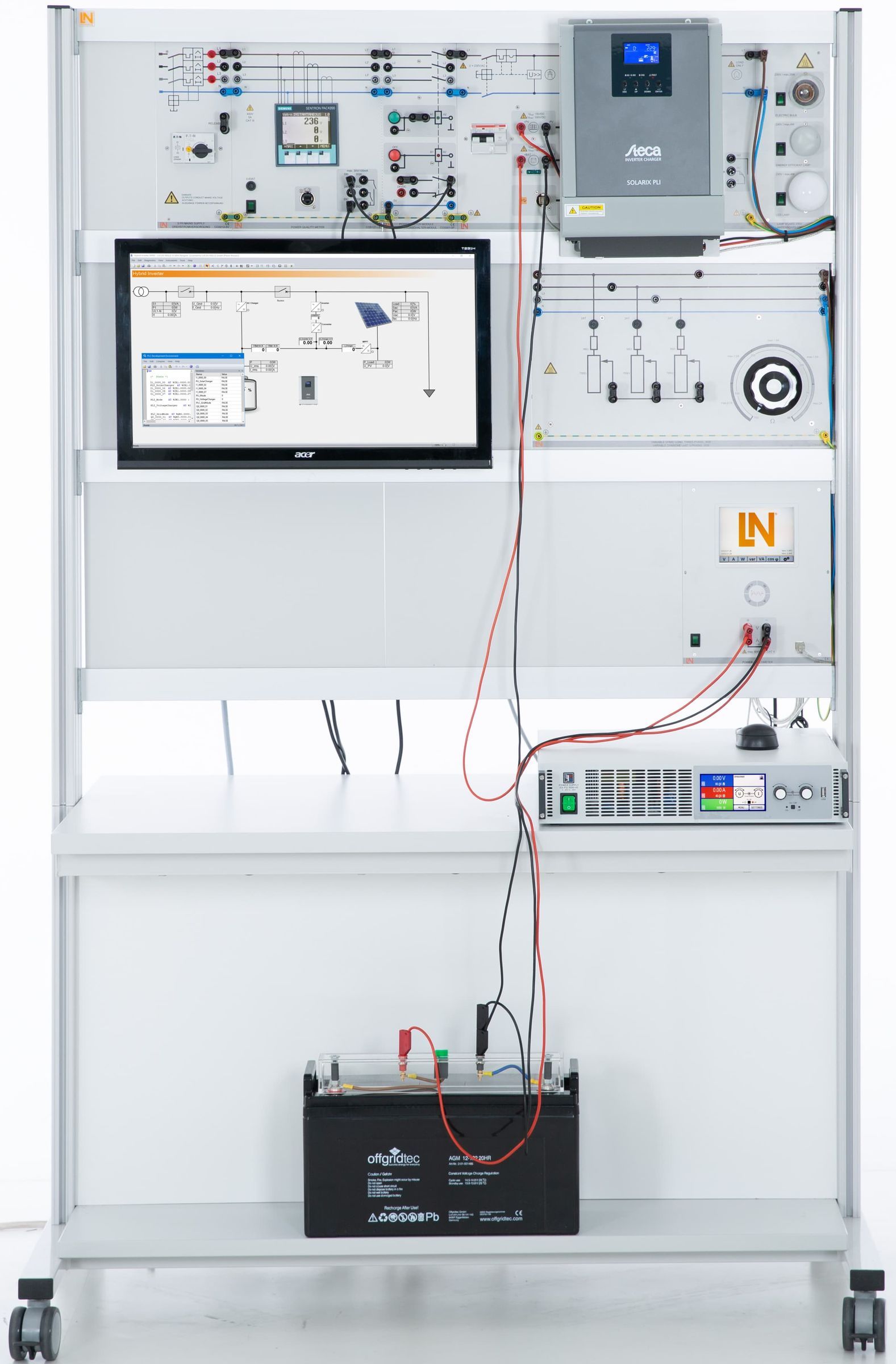Uninterruptible Power Supply
With the Photovoltaic Hybrid SystemStand-alone grids based on renewable energy sources are becoming increasingly widespread. Employed primarily are photovoltaic hybrid systems ensuring power supply for radio towers, for example. This trend is not incidental, as hybrid systems are becoming better and better at ensuring uninterruptible power supply (UPS). They use different sources of energy for this purpose.
 Even if such micro-grids are not independently optimized but configured as parallel grids, i.e. additionally connected to the mains, the systems must remain fail-safe even if the external power supply fails. An energy store therefore ensures supply for consumers and compensates fluctuations. In contrast to the classic method of employing diesel units, hybrid systems offer the advantages of lower expenditure, lower running costs and, last but not least, reduced emissions through use of fossil fuels.
Even if such micro-grids are not independently optimized but configured as parallel grids, i.e. additionally connected to the mains, the systems must remain fail-safe even if the external power supply fails. An energy store therefore ensures supply for consumers and compensates fluctuations. In contrast to the classic method of employing diesel units, hybrid systems offer the advantages of lower expenditure, lower running costs and, last but not least, reduced emissions through use of fossil fuels.
Realization of such hybrid systems is an important skill for electrical engineers in the field of energy technology. Our new photovoltaic hybrid system enables you to teach this approach in a practical way. The training system's core is an inverter with an integrated photovoltaic and grid charging controller.
In our e-learning course, users learn how to connect a real PV system to a real battery and the power grid via an inverter, thus creating the hybrid grid. You can then test the UPS functionality on the actual components. Students can supply electrical consumers with 230 V AC via the stand-alone grid.
With this system, you can also realize variants other than pure, photovoltaic hybrid systems by adding further training systems from Lucas-Nülle. In this way, students can also integrate a small wind turbine into the hybrid grid, or use our solar pump system to combine a well unit with the UPS.
